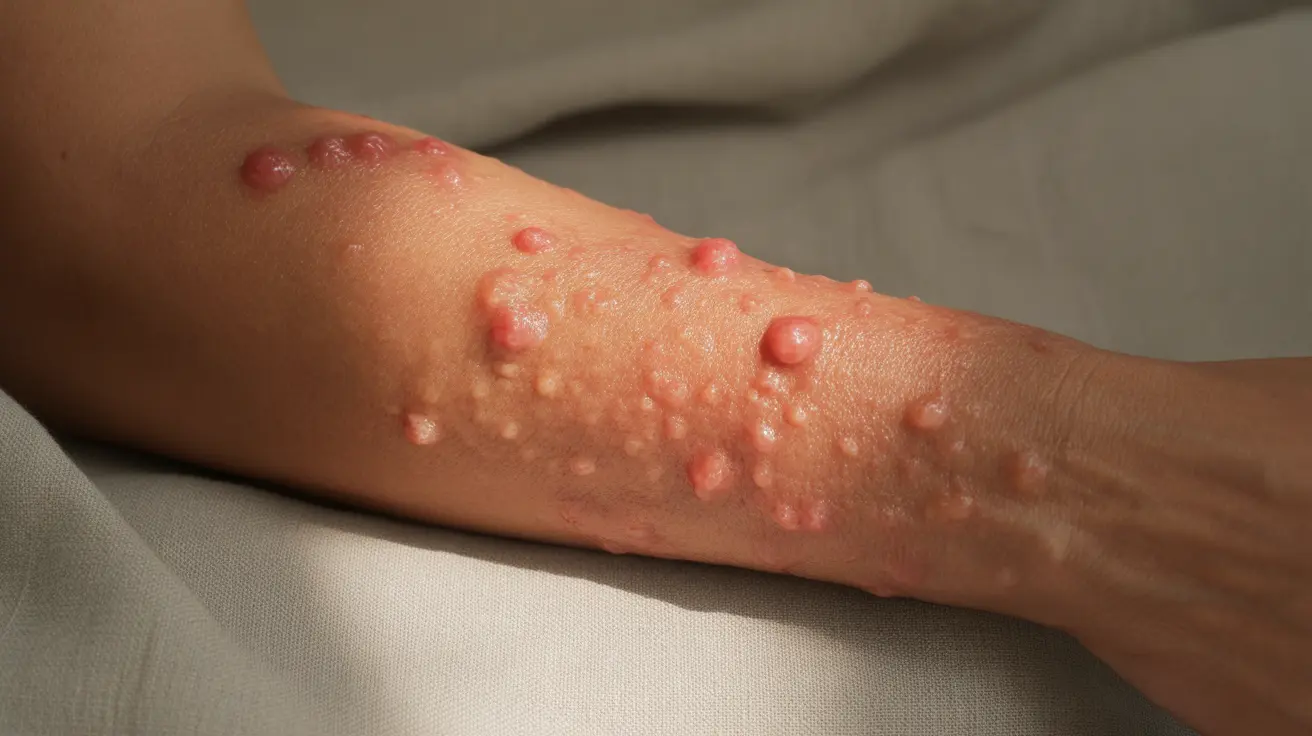Encountering poison ivy can lead to an uncomfortable and sometimes severe skin reaction. Understanding what a poison ivy rash looks like and knowing how to manage it effectively is crucial for outdoor enthusiasts and anyone who might come into contact with this common plant. This comprehensive guide will help you identify, treat, and prevent poison ivy rashes.
Visual Characteristics of a Poison Ivy Rash
A poison ivy rash typically appears as red, swollen, and intensely itchy patches on the skin. The rash often develops in a straight line pattern, following where the plant made contact with your skin. Common visual indicators include:
- Red, raised bumps or blisters
- Streaky or linear rash patterns
- Small or large fluid-filled blisters
- Swelling around the affected area
- Skin redness and inflammation
Early Signs and Development
The initial symptoms may be subtle but typically progress through distinct stages:
- Mild redness and itching (within hours of exposure)
- Development of small bumps (12-48 hours)
- Formation of fluid-filled blisters (48-72 hours)
- Crusting and healing (1-2 weeks)
Timeline and Duration of Symptoms
Understanding the typical progression of a poison ivy rash can help manage expectations and guide treatment decisions. Most people experience symptoms within these timeframes:
- Initial exposure to first symptoms: 12-48 hours
- Peak rash development: 4-7 days
- Total duration: 1-3 weeks
- Healing time: Varies by severity and treatment
Treatment Options and Home Remedies
Several effective treatments can help manage poison ivy rash symptoms:
Immediate Actions
- Wash exposed areas with lukewarm water and soap
- Remove and wash all exposed clothing
- Clean any contaminated items or surfaces
Home Remedies
- Cool compresses
- Calamine lotion
- Colloidal oatmeal baths
- Over-the-counter hydrocortisone cream
- Oral antihistamines for itching
Prevention Strategies
The best approach to poison ivy rash is prevention:
- Learn to identify poison ivy plants
- Wear protective clothing when outdoors
- Use barrier creams before potential exposure
- Stay on marked trails while hiking
- Keep pets from running through vegetation
Frequently Asked Questions
What does a poison ivy rash look like in pictures and how can I identify it?
A poison ivy rash appears as red, raised bumps or streaks, often arranged in lines where the plant touched the skin. It commonly features fluid-filled blisters and can be accompanied by significant swelling and redness.
How soon after exposure does a poison ivy rash appear and how long does it last?
The rash typically appears within 12-48 hours after exposure and can last anywhere from 1-3 weeks. The severity and duration depend on individual sensitivity and the amount of exposure.
What are the main differences between a poison ivy rash and other skin conditions like eczema or hives?
Poison ivy rash typically appears in a linear pattern following plant contact, while eczema tends to occur in patches and hives appear as raised welts. Poison ivy rash also forms fluid-filled blisters, which is less common with other skin conditions.
How can poison ivy rash spread and is it contagious to others?
The rash itself isn't contagious and cannot spread from person to person. However, the rash may appear to spread on your body as areas with more exposure or thinner skin react at different rates. The plant oil (urushiol) can spread if not washed off promptly.
What are effective home treatments and prevention tips for managing a poison ivy rash?
Effective treatments include cool compresses, calamine lotion, over-the-counter hydrocortisone cream, and oral antihistamines. For prevention, learn to identify the plant, wear protective clothing, and wash exposed areas immediately after potential contact.




